Get ready to dive into the fascinating world of rocks! We’re about to explore a special type called clastic sedimentary rocks. These aren’t your ordinary rocks; they’re like puzzles that tell us about the past. We’ll look at how they’re made up and how their bumpy or smooth textures give us clues about ancient Earth processes. So, let’s uncover the secrets hidden in these rock formations and step back in time to see how our planet has changed!
Texture and Composition of Clastic Sedimentary Rocks: A Detailed Exploration
Picture a beach with its pristine stretches of sand, or the rocky banks of a winding river. These landscapes are filled with countless tiny particles that, over time, transform into the sedimentary rocks that shape our planet’s geology.
Unveiling the Texture of Clastic Treasures
The texture of a clastic sedimentary rock holds clues to its past environment. It tells us the story of how particles were transported, deposited, and cemented together.
Imagine a stream carrying tiny grains of sand. As it slows down, these grains settle to the bottom and pile up, forming a sandstone. The size and shape of these grains, along with how they’re arranged, reveal the energy of the environment that transported them.
Composition: The Building Blocks of Rock
The composition of clastic sedimentary rocks speaks to the origins of their ingredients. Minerals, like quartz and feldspar, give rocks their unique identities.
Sandstone, for example, is composed primarily of quartz. This indicates that it formed from the erosion of quartz-rich rocks, such as granite. Shale, on the other hand, is composed of tiny clay minerals, suggesting that it originated from weathered volcanic ash or soil.
Classifying the Clastic Wonders
Geologists have devised a classification system to categorize clastic sedimentary rocks based on their texture and composition. Here are some of the most common types:
| Rock Type | Texture | Composition |
|---|---|---|
| Sandstone | Sand-sized grains | Quartz, feldspar, mica |
| Shale | Clay-sized particles | Clay minerals, such as illite and smectite |
| Conglomerate | Gravel-sized clasts | Quartz, rock fragments |
Each type of rock, from the smooth sandstone to the rugged conglomerate, tells a unique story about the geological processes that shaped our planet over billions of years.
Delve into the captivating world of geology by exploring the formation, classification, and significance of clastic sedimentary rocks. Understand the intriguing processes of weathering and erosion that break down rocks into sediments, and discover the fascinating mechanisms of sediment transport that shape our planet’s landscapes. Learn about the transformative processes of diagenesis and lithification that turn loose sediments into solid rocks. Explore the diverse sedimentary facies and sequences that provide valuable insights into ancient environments and decipher the provenance analysis of clastic sediments to uncover the sources of ancient rock formations. Unravel the economic importance of clastic rocks that play a crucial role in our daily lives, and delve into the complexities of clastic rock classification systems that help us understand the characteristics and origins of these rocks. Examine the intriguing clastic dikes and other soft-sediment deformation structures that provide glimpses into past geological events, and explore the paleocurrent indicators in clastic rocks that reveal the direction of ancient water currents and unveil the secrets of our planet’s geological history.
How does the Texture of Clastic Sedimentary Rocks Vary?
Imagine you’re digging through a pile of rocks and dirt. Some of the rocks are big, some are small, and some are rough and sharp while others are smooth and round. This variety in size, shape, and other features is what gives rocks their different textures.
Peek into the Tiny World of Grains:
One of the main ways rocks differ in texture is by grain size. Grain size simply refers to how big the tiny bits of rock are that make up the rock. Rocks with very small grains look almost like sand, while rocks with big grains might have pebbles or even boulders.
Smooth or Sharp: The Adventure of Clasts
Another important feature that affects texture is the roundness of the clasts, which are the little bits of rock that make up sedimentary rocks. Rounded clasts have traveled a long way, getting rolled around in rivers or oceans, and their corners have been smoothed off. On the other hand, angular clasts haven’t traveled much, so they still have their sharp edges and corners.
Sorting It Out: A Tale of Two Rocks
Sorting tells us how well the grains in a rock are organized. In a well-sorted rock, the grains are all pretty much the same size. In a poorly sorted rock, you’ll find a mix of big and small grains.
Close Quarters vs. Loose Fit: The Packing Problem
Finally, we have packing. It’s like how tightly the grains are packed together. In a closely packed rock, the grains are all squished right up against each other, while in a loosely packed rock, there’s lots of space between the grains.
Why It Matters: A Rock’s Tale
The texture of a rock tells us a lot about its history. For example, a rock with big, rounded clasts was probably formed in a river or ocean, where the water carried the clasts for a long time. A rock with small, angular clasts was probably formed in a landslide or volcanic eruption, where the clasts didn’t travel far.
Handy Table: The Different Textures of Clastic Rocks
| Texture | Grain Size | Roundness | Sorting | Packing |
|---|---|---|---|---|
| Conglomerate | Large grains (boulders, pebbles) | Rounded | Poorly sorted | Loosely packed |
| Sandstone | Medium grains (sand) | Rounded | Well-sorted | Closely packed |
| Shale | Small grains (clay, mud) | Angular | Poorly sorted | Closely packed |
What can the texture of clastic sedimentary rocks tell us?
Imagine岩石as pages of an ancient book, telling the story of Earth’s past. One important chapter in this book is clastic sedimentary rocks, formed from broken pieces of older rocks. These rocks hold clues about their history in their texture, like a puzzle where each piece reveals a part of the story.
Grain Size:
Grain size is like a fingerprint for clastic sedimentary rocks. Small grains, like those in sand, tell us the story of calm waters or gentle winds that carried them to their resting place.
Grain Shape:
Angular grains are like rough diamonds, indicating a short and turbulent journey. Rounded grains, on the other hand, have been polished by longer and gentler travels.
Grain Packing:
Tightly packed grains look like they’re having a party, crammed together in a busy setting. Loosely packed grains are more like solo travelers, having more space to spread out.
These textural details, like a rock’s DNA, paint a vivid picture of where and how the rock formed. From raging rivers to serene lakes, from wind-blown dunes to ocean depths, the texture of clastic sedimentary rocks whispers the tale of their journey.
Key Takeaways:
- Grain size, shape, and packing reveal the environment where the rock was formed.
- These clues tell us about the energy of the transporting medium and the depositional setting.
- Clastic sedimentary rocks are like time capsules, preserving the history of their constituent particles.
So, the next time you see a clastic sedimentary rock, take a closer look at its texture. It’s a treasure trove of information, a glimpse into the ancient world where it was born.
How Are Clastic Sedimentary Rocks Classified?
Imagine rocks as nature’s history books, with pages filled with tiny bits of rock, like puzzle pieces, telling the story of our planet’s past. These bits of rock are called clasts, and the rocks they form are called clastic sedimentary rocks.
To understand these rocks, we need to know the size of the clasts, what they’re made of, and how they’re arranged.
Grain Size: The Size of the Clasts
Think of the grains in sand, from tiny ones to bigger ones. Clastic sedimentary rocks have clasts of different sizes too. The smallest are called clay, and the biggest are called boulders. Cobbles, pebbles, granules, and sand are in between.
Composition: The Stuff the Clasts Are Made Of
The clasts in these rocks can be made of different materials, like quartz, feldspar, mica, or clay minerals. These materials tell us what type of rock or mineral the clasts came from.
Texture: How the Clasts Are Arranged
The shape of the clasts, how rounded they are, and how well they’re sorted tell us about the environment where the rock was formed. For example, round, well-sorted clasts indicate a calm, flowing river, while angular, poorly-sorted clasts suggest a fast-moving, tumbling environment like a landslide.
By putting all this information together, we can classify clastic sedimentary rocks into different types, each with its own story to tell. It’s like a puzzle where each piece helps us paint a picture of the rock’s past.
| Rock Type | Grain Size | Composition | Texture |
|---|---|---|---|
| Conglomerate | Boulders, cobbles, pebbles | Various | Angular, poorly sorted |
| Sandstone | Sand | Quartz, feldspar | Rounded, well-sorted |
| Shale | Clay | Clay minerals | Flat, laminated |
| Breccia | Angular clasts | Various | Angular, poorly sorted |
| Siltstone | Silt | Quartz, feldspar | Flat, laminated |
FAQ
Q1: How is the texture of clastic sedimentary rocks classified?
A1: Clastic sedimentary rocks are classified based on grain size, sorting, grain shape, and grain composition. Grain size ranges from boulders to clay, while sorting refers to the uniformity of grain size. Grain shape can be angular, subrounded, or rounded, and grain composition refers to the mineralogy of the clasts.
Q2: What factors influence the composition of clastic sedimentary rocks?
A2: The composition of clastic sedimentary rocks is influenced by the source of the clasts, the weathering and erosion processes that produced the clasts, and the depositional environment in which the clasts were deposited. The source of the clasts is often identified by comparing the composition of the clasts to the composition of the bedrock in the source area.
Q3: How can the texture and composition of clastic sedimentary rocks help determine their depositional environment?
A3: The texture and composition of clastic sedimentary rocks can provide clues about the depositional environment in which they formed. Grain size can indicate whether the deposit was formed in a high-energy or low-energy environment, while sorting can provide information about the distance the clasts traveled from their source. Grain shape can also be used to infer the depositional environment since, for example, angular grains suggest minimal transport and deposition in a proximal setting, while rounded grains suggest lengthy transport and deposition in a distal setting.
Q4: What are some examples of the uses of clastic sedimentary rocks?
A4: Clastic sedimentary rocks are used in various applications, including construction, landscaping, and manufacturing. The strength, durability, and aesthetic qualities of the rocks make them suitable for use in buildings, roads, and other structures. Clastic sedimentary rocks are also used in landscaping to create decorative features and hardscaping elements. Additionally, certain types of clastic sedimentary rocks, such as sandstone, are used in the manufacturing of glass and ceramics.
Q5: What is the significance of studying the texture and composition of clastic sedimentary rocks?
A5: Studying the texture and composition of clastic sedimentary rocks provides valuable insights into geological processes and Earth’s history. By analyzing these characteristics, geologists can reconstruct past depositional environments, determine the provenance of the clasts, and understand the tectonic and climatic conditions that existed at the time of deposition. These studies contribute to a better understanding of our planet’s geological evolution and provide information for the exploration and extraction of natural resources.
- Senior at What Age: Benefits & Eligibility Guide - March 29, 2025
- Unlocking Senior Benefits: How Old is a Senior? Your Complete Guide - March 29, 2025
- Master Russian Politeness:A Guide to Saying Please - March 29, 2025
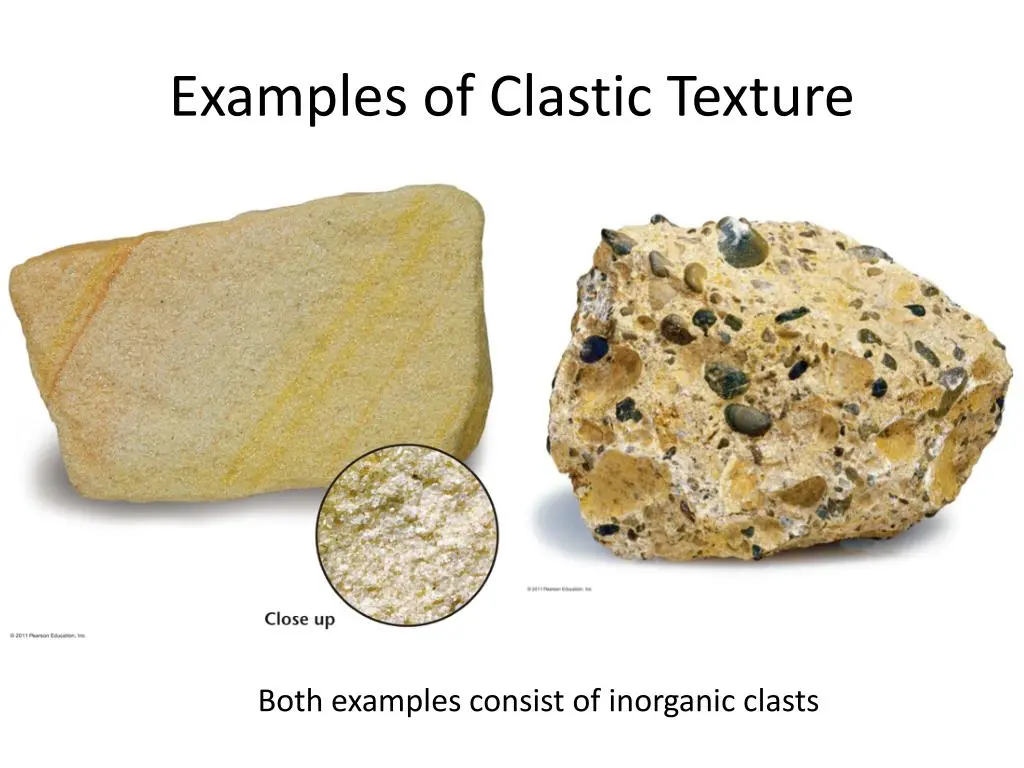
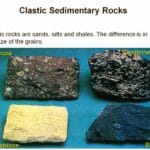
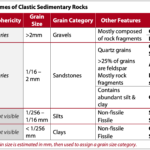
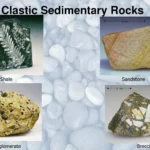
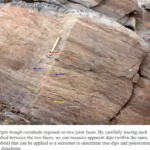

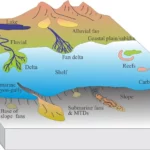










Comments are closed.